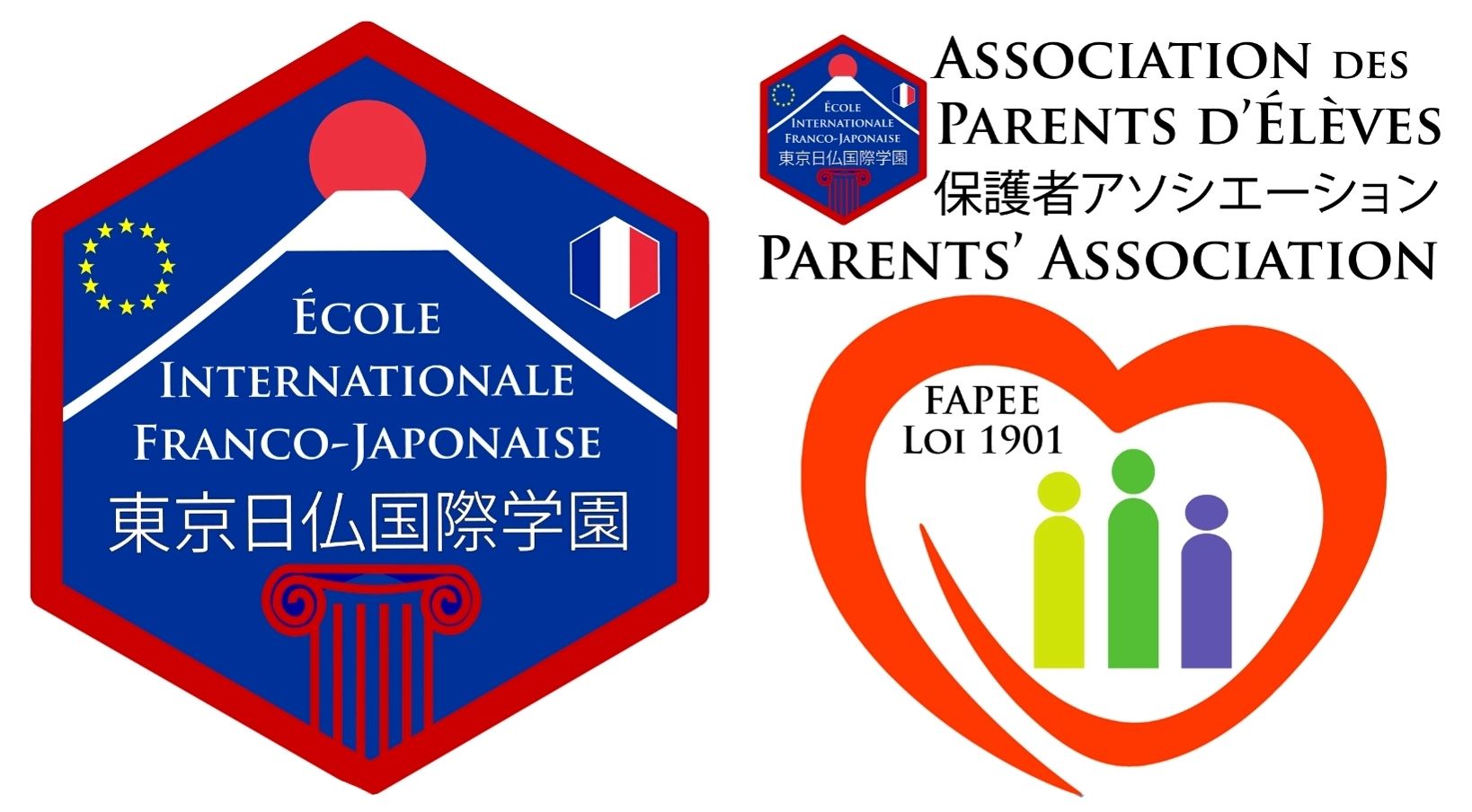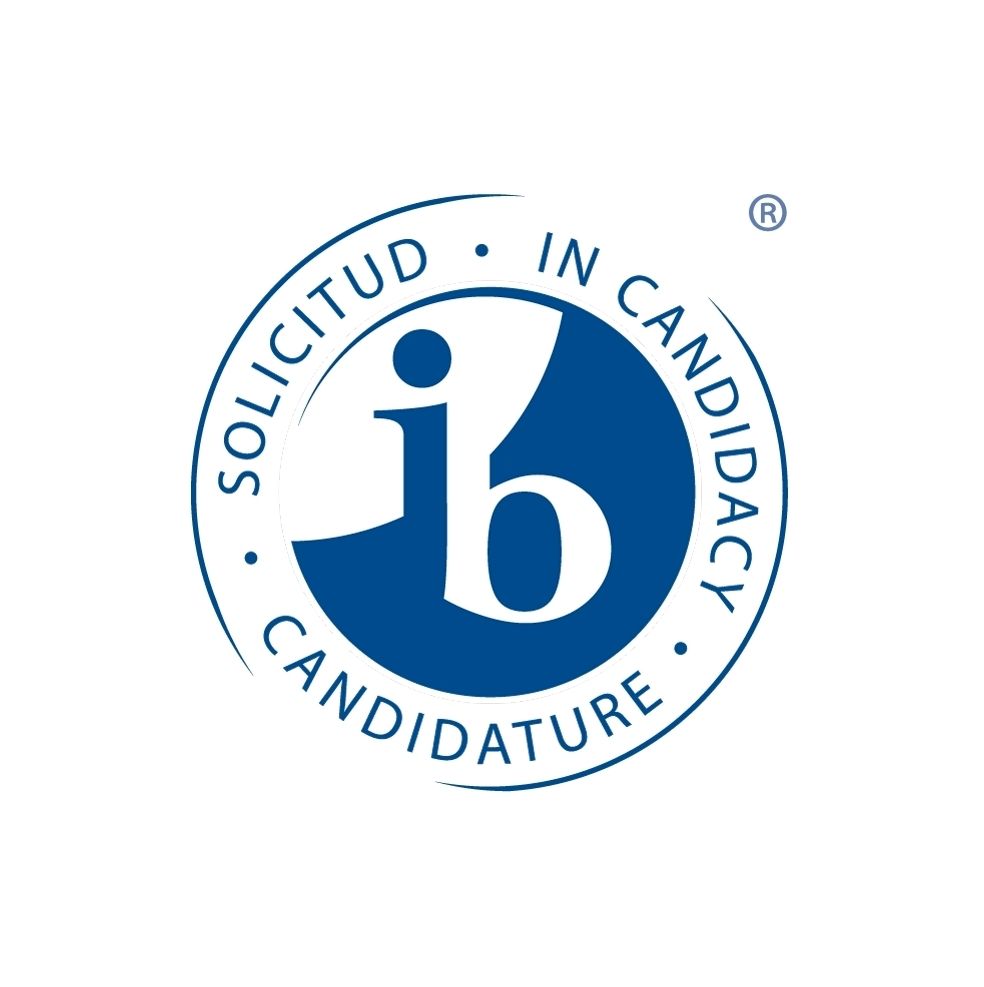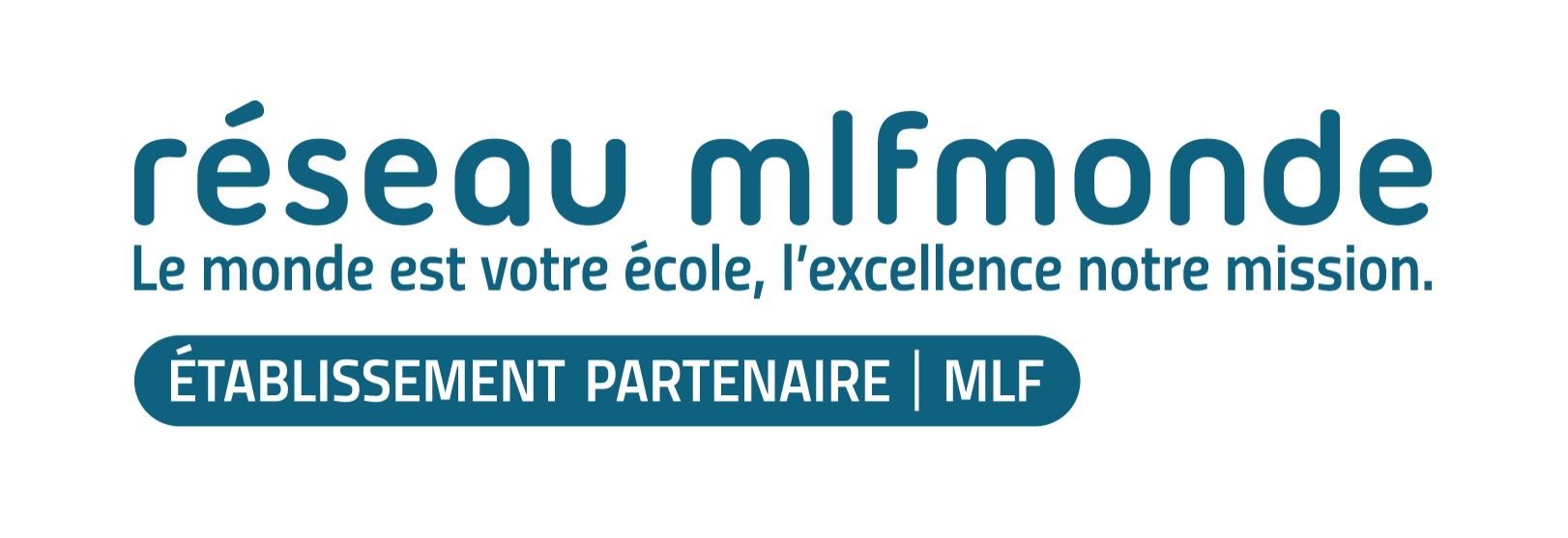Body language, in conjunction with modern dance, consists of using the body, through gestures and movements with an expressive intention of moods, sensations and thoughts, for the development of the child, who will transfer the acquired skills to the tasks of daily life.
OBJECTIVES
General
To stimulate the communication-participation and integration skills of boys and girls, through body expression and modern dance, promoting their integral development in early and middle childhood.
Specific
To allow boys and girls to recognize their own body and its possibilities of action, as well as the acquisition of their identity and autonomy.
To develop self-confidence in boys and girls through the affirmation of the body.
To encourage children to express emotions and ideas individually and in groups using space, time and intensity, rhythm, coordination, laterality, etc...
SOLUTION
Methodology
For the development of this activity, we plan the planning of a didactic unit of body expression and modern dance, which will be divided into three sessions (body awareness - a body to communicate - a creative body), in the development of this theme in which will participate mixed children from 6 to 11 years. The session lasts one hour, and has as structure:
an initial part: the children prepare themselves for the activity and carry out a warm-up based on the forms played
a central part: the objective set for the session will be accomplished and specific work will be performed
a final part: a space for evaluation and feedback will be allocated
When developing this didactic unit, we will be influenced by the trend of physical education and body expression: the communicating body, the influence of physical education (means of expression and communication), and we will use various teaching styles (direct command - task-based teaching - guided discovery).
Thus, the evaluation that will be used will be continuous and will take into account not only the progress at the technical level but also the achievements at the socio-affective level.
STRUCTURE OF THE LESSONS
INITIAL
Session 1:
Awareness
Body segment games for children
Session 2:
Body that communicates
Warm-up games
Mini aerobics
Session 3:
Body that creates
Rhythmic movement
Dance
CENTRAL
Session 1:
Awareness
Recognition of body segments, positions, postures, possibility of segmental movement
Session 2:
Body that communicates
Gestures
Postures
Communication at body level
Session 3:
Body that creates
Creating a story through corporality
FINAL
Breathing work
Stretching
Relaxation
Meditation
FACILITIES AND PROPS
Dance room with mirrors
Mats
Music
Other various elements
STUDENT'S CLOTHING
Body dance is practiced in clothing that allows for the amplification of movements, comfortable for the student and at the same time allows for easy viewing of the extremities.
Barefoot or ballet shoes
CALENDAR, FEES & SCHOOL BUS
- The fees are termly (Fall, Winter, Spring & Summer), payable before every term.
- A trial session is offered at half price for new students.
- There are no admission fees.
- Online courses are possible, too.
- The number of lessons is clarified before every term based on the professor’s availability and the students' need.
- Lessons during school holidays are often possible based on demand, and invoiced separately.
- In case of the absence of the activity leader, no refund is possible, however a catch-up lesson can be offered in the final week of each term (which remains without lesson for this purpose) depending in availabilities of the activity leader and the student. It is the responsability of the activity leader to avoid absences, offer extracurricular classes and communicate with the families via the school app in a rigorous way.
- After the registration, in case of absence of the student what any reason, no refund is possible for any missed lesson.
- Weekly lessons can be given for faster progress (payable also before every term). Change of schedules, extra lessons are possible during each term, but without any refund of the current registration.
- Any lesson starting during a term is invoiced on a pro rata temporis.
- Transportation: stay on campus if your child is a regular student, or make your own way to EIFJ Tokyo from 3:30 p.m. (1 p.m. on Wednesdays). Following the activities, the main buses depart at 17:00 to bring students back home, while Alpha bus departs at 16:00 and 17:00.
To enroll, please check the following table, select the time slots, and fill in the online admission form with all needed information: our team will get back to you shortly.
NB: Japanese scholarships for Japanese, French, and international families (37,000 to 97,000 yen subsidies per month) are applicable to 3 to 6 years old students (Pre-K to 1st Grade) enrolled in EIFJ or other schools for
childcare,
holiday school,
intermittent class &
regular school programs only. Please visit our
dedicated page for further information.







